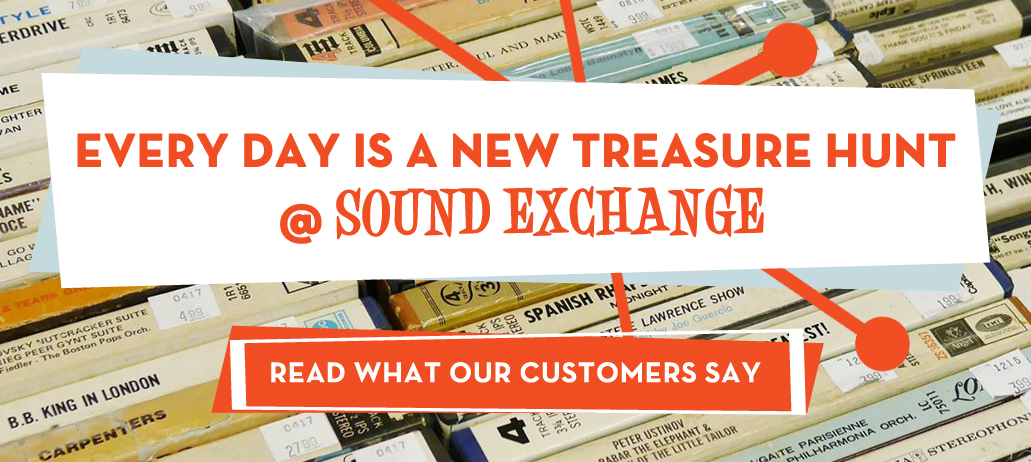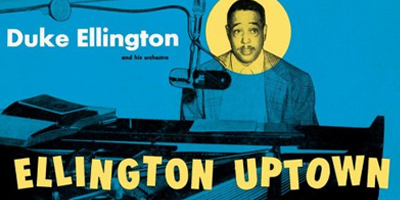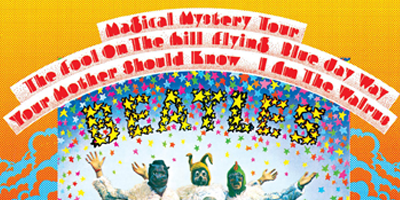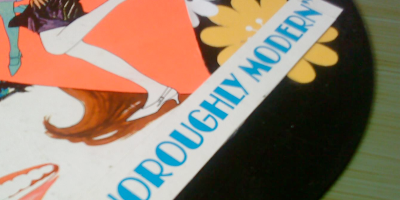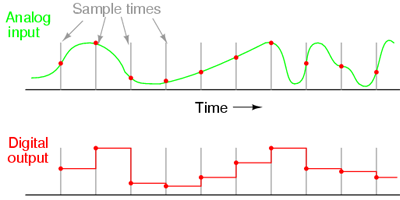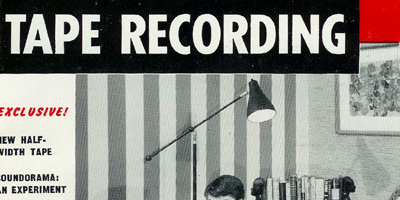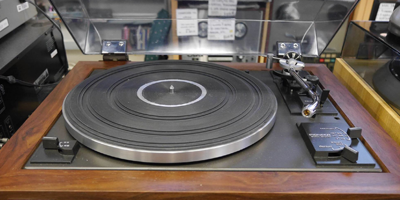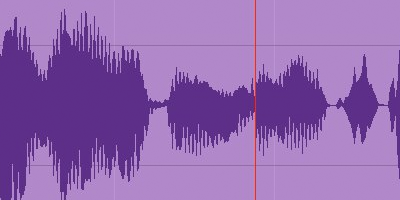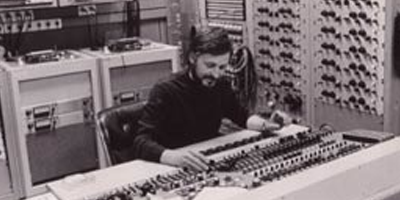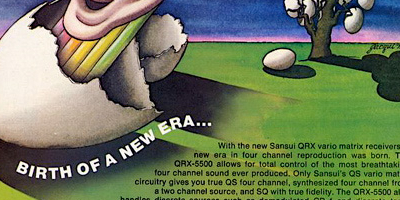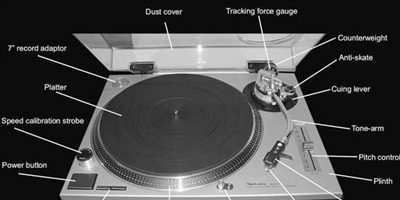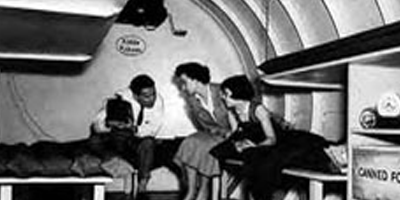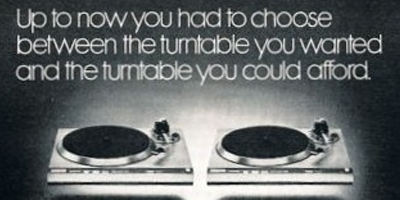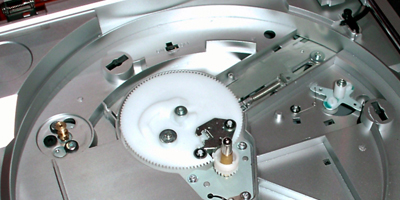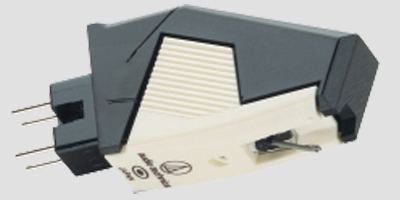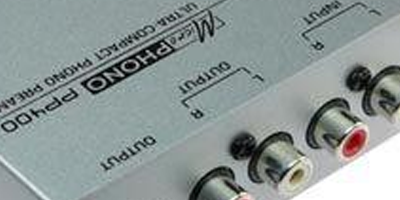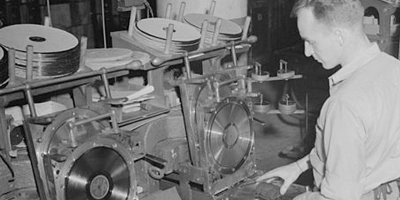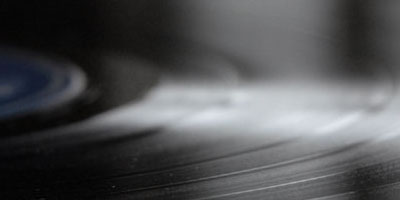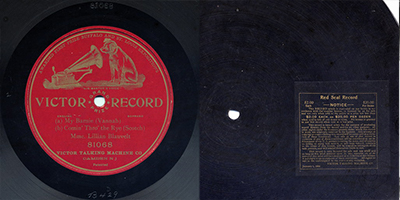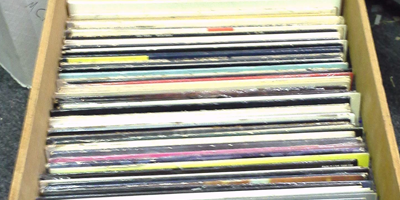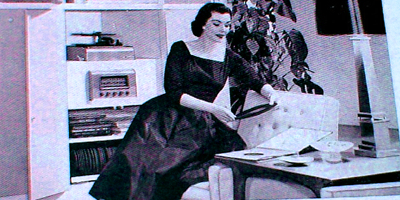Welcome to the Sound Exchange reference guide about vinyl records. On these pages we will explore any and all topics that are relevant to the enjoyment of vinyl records and specifically to the main goal of understanding and enhancing your own Classic Vinyl Listening Experience.
Topics will include the history of vinyl records, record care, record collecting, the equipment necessary for a proper listening experience, as well as what it requires of the listener to fully enjoy the Classic Vinyl Listening Experience.
I will also write about how vinyl records have shaped the music industry and records’ overall effect on our society.
I expect there will be no shortage of material for a long time to come.
When I first starting thinking about how I could relate my knowledge and experience with the vinyl record to those who have never experienced it before, or to those who gave up listening to vinyl long ago, it didn’t take very long to realize that I had to incorporate more than just the vinyl record in the conversation.
To provide a more complete understanding, the turntable, amplification and playback of the record, and the listening environment also needed to be addressed.
So I’ve decided to describe the Classic Vinyl Listening Experience as a whole, and then discuss the dozens of topics that surround this main theme. As I begin this task I have a lot of topics in mind to discuss, but many of the future blog posts will be based on the questions and comments that I receive from readers.
I hope you enjoy!
 Sign Up For Our Newsletter
Sign Up For Our Newsletter


